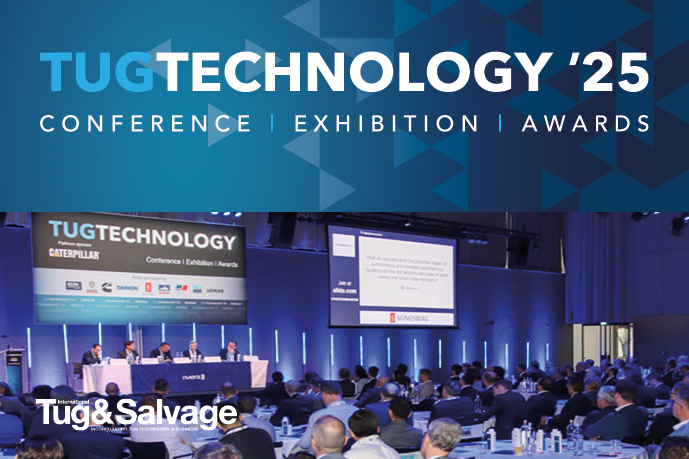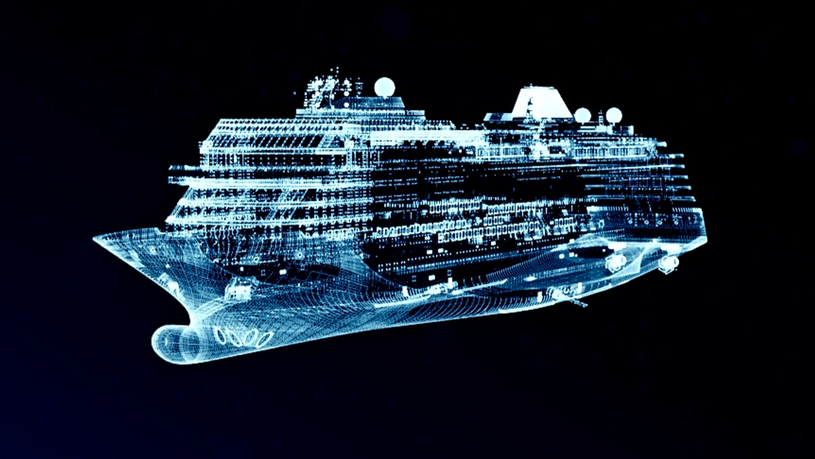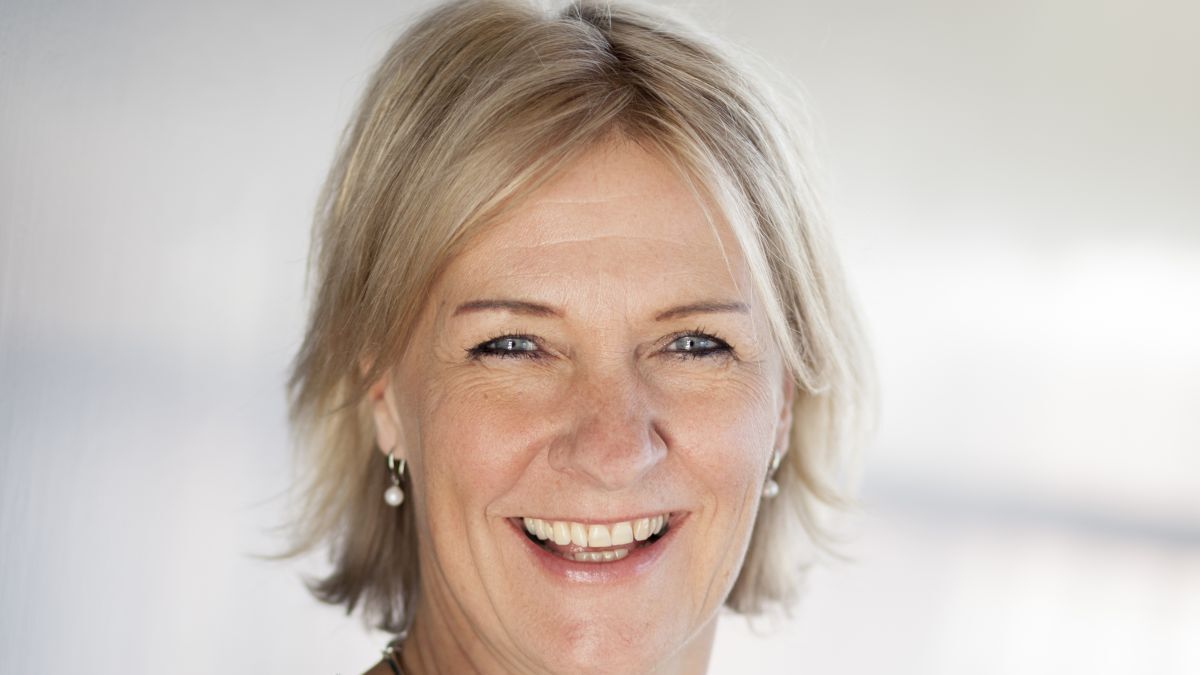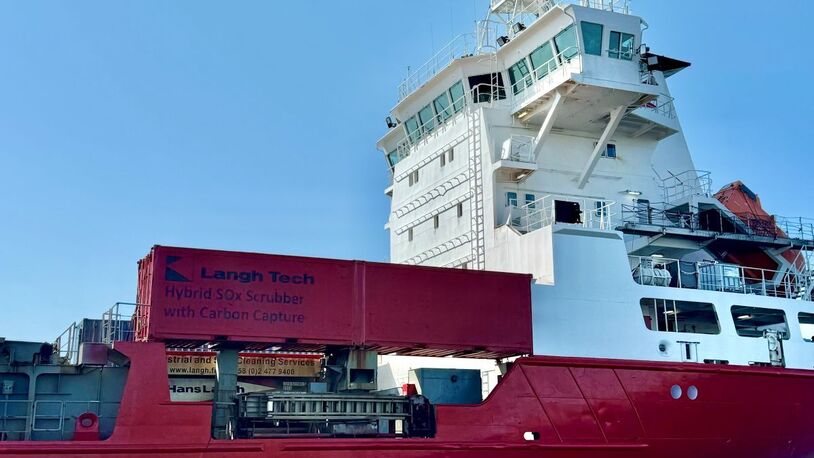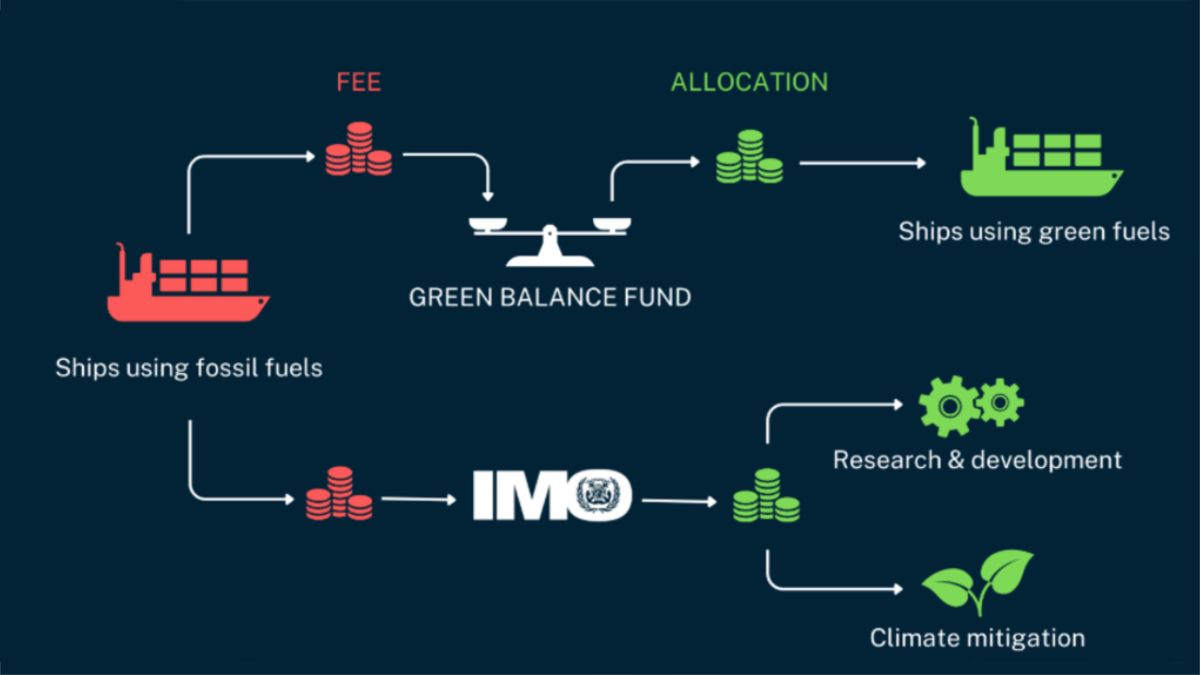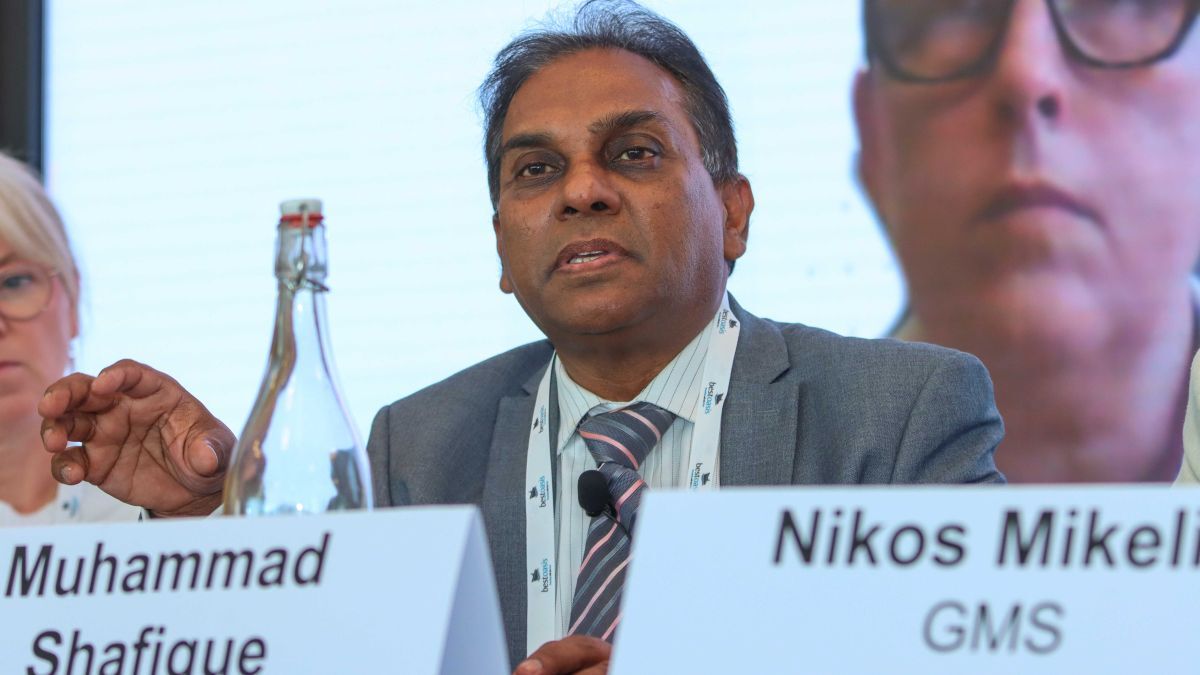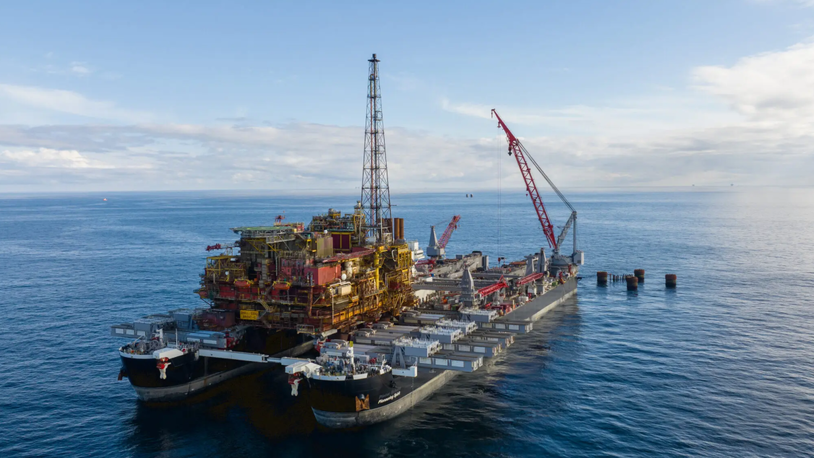Business Sectors
Events
Contents
Register to read more articles.
Biofouling regulations and technological innovations
Biofouling poses significant challenges for the maritime industry, necessitating robust regulations and innovative solutions to enhance compliance and environmental sustainability
Biofouling, the accumulation of micro-organisms, plants, algae or small animals on wetted surfaces, particularly on ship hulls, poses significant challenges to the maritime industry.
Unlike ballast water treatment, which addresses the transfer of aquatic species through ballast water, biofouling concerns organisms that attach to a vessel’s hull and other submerged surfaces.
This distinction is crucial as ‘biofouling’ is not even mentioned in the Ballast Water Management (BWM) Convention, highlighting the separate regulatory focus.
Biofouling has garnered increasing attention from the Marine Environment Protection Committee (MEPC), signalling its growing importance on the regulatory agenda.
Current biofouling regulations are making strides in promoting compliance and reducing environmental impact.
The Australian Hull Biofouling Management Regulation, now in full force, exemplifies this progress. Aimed at minimising the transfer of invasive species via ship hulls, the regulation mandates stringent compliance requirements.
These include regular inspections, hull cleaning protocols and detailed documentation. The enforcement mechanisms are robust, with penalties for non-compliance, which has prompted the shipping industry to adopt proactive biofouling management practices.
The impact on shipping operations has been significant, with many companies reporting improvements in fuel efficiency and overall vessel performance due to cleaner hulls.
The cruise ship industry has been the main focus of the Australian regulations, and similarly, New Zealand has implemented comprehensive biofouling regulations.
Recent reports indicate a notable decrease in non-compliance among cruise ships, reflecting the effectiveness of the regulatory framework.
Biosecurity New Zealand deputy director-general Stuart Anderson said, "The drop in biofouling issues is a good result when you consider there’s been an increase of about 25% in vessels arriving this season."
Mr Anderson added, "Biosecurity New Zealand has worked closely with cruise companies to help them understand and meet our biofouling rules, which are among the strongest in the world for good reason – they ensure visitors and New Zealanders will enjoy our special marine areas, such as Fiordland, for generations to come,” he said.
He welcomed the efforts of newcomers to meet the biofouling requirements, "We have had some new cruise providers arrive in New Zealand this year and they have adapted well to meeting our requirements. I want to thank the cruise industry for their efforts to combat biofouling as it continues to be a major biosecurity threat. We know that almost 90% of the exotic marine species already in New Zealand likely arrived here as marine growth on the submerged surfaces of international vessels."
In the United States, biofouling regulations are a mix of federal and state-led initiatives. California has been particularly proactive, implementing the Marine Invasive Species Program, which mandates that vessels calling at California ports develop and maintain Biofouling Management Plans and Record Books.
These regulations, effective since 1 October 2017, require vessels of 300 gt or more to comply with stringent biofouling management and reporting requirements.
In China, the regulatory framework for vessel biofouling management is evolving, aligning with international efforts to mitigate the spread of invasive aquatic species.
While China does not yet have a comprehensive national regulation specifically dedicated to biofouling, it has adopted several measures influenced by global standards and practices.
China’s approach includes adhering to the International Maritime Organization’s (IMO) biofouling guidelines, which provide a framework for managing and controlling biofouling to minimise environmental impacts.
The European Union (EU) has implemented several regulations to address biofouling on vessels, emphasising environmental protection and compliance with international standards. While there is no single overarching EU regulation specifically for biofouling, the region follows IMO guidelines and has adopted measures under the International Convention on the Control of Harmful Anti-Fouling Systems (AFS Convention).
The general aim is to minimise the transport of nonindigenous species and protect marine ecosystems and the regulations in Australia and New Zealand are leading the way.
The drive for a cleaner hull now has a financial imperative, too, as it reduces drag and lowers fuel consumption. Technological advancements are playing a pivotal role in enhancing biofouling management. Innovative cleaning solutions are at the forefront of this evolution. Stolt Tankers, for instance, has adopted cutting-edge cleaning methods that significantly reduce biofouling and Graphite Innovations & Technologies XGIT-PROP coating was applied to a Stolt Tanker propeller. These technologies, which include advanced hull coatings and automated cleaning systems, have proven highly effective.
Stolt Tankers reports substantial improvements in fleet efficiency and fuel consumption, highlighting the benefits of these innovations. The adoption of such technologies reflects the industry’s commitment to addressing biofouling proactively.
Another notable development is the use of AI-based hull-cleaning robots. Lomar Shipping will collaborate with Texan firm Alicia Bots Inc to install its robotic technology on up to 15 vessels. These robots, equipped with artificial intelligence, can autonomously clean ship hulls, ensuring optimal maintenance.
Similar hull maintenance products such as HullWiper and Jotun’s HullSkater exist on the market. HullWiper Ltd managing director Simon Doran noted there is evidence the application of hull anti-fouling regulations does have an impact on reducing the spread of invasive species, which was the original purpose of the regulations.
The Alicia Bots’ multi-purpose magnetic crawler robots are designed to operate autonomously or remotely via a tether cable and are designed to carry out underwater inspection and maintenance tasks on a ship and other steel structures.
Lomar is also making its ships available to Alicia Bots to test new use cases with a project that has received grant-aid from the Singapore MPA, to trial underwater inspections and cleaning in Singapore. Lomar chief executive Nicholas Georgiou said, “The dawn of AI has significantly altered the way we view technology as a tool to facilitate our maritime industry’s routine operations.”
“In the race to create autonomous systems to support hull cleaning and other essential maintenance jobs on vessels, Alicia Bots has developed stand-out systems that provide huge potential for transforming existing labour-intensive maintenance processes with more efficient and effective AI technology, while also saving on fuel costs and emissions.”
Alicia Bots chief executive Inder Mukhopadhyay added, “Together, we are ushering in a new era of hull grooming, where cutting-edge technology, like the Roverclean, not only ensures a clean hull at all times but also paves the way for a greener and more efficient maritime future."
Looking ahead, projected developments in biofouling management and regulation indicate a dynamic future. Anticipated regulatory changes may include more stringent biofouling standards and increased enforcement measures.
Biofouling presents both challenges and opportunities for the maritime industry. While it differs from ballast water treatment, its significance is increasingly recognised by regulatory bodies such as the MEPC. Current regulations, such as those in Australia, New Zealand, and specific US states like California, are making strides in promoting compliance and reducing environmental impact and point the way to how a global standard might look.
Sign up for Riviera’s series of technical and operational webinars and conferences:
- Register to attend by visiting our events page.
- Watch recordings from all of our webinars in the webinar library.
Related to this Story
Events
Maritime Environmental Protection Webinar Week
TUGTECHNOLOGY '25
Reefer container market outlook: Trade disruption, demand shifts & the role of technology
© 2024 Riviera Maritime Media Ltd.
